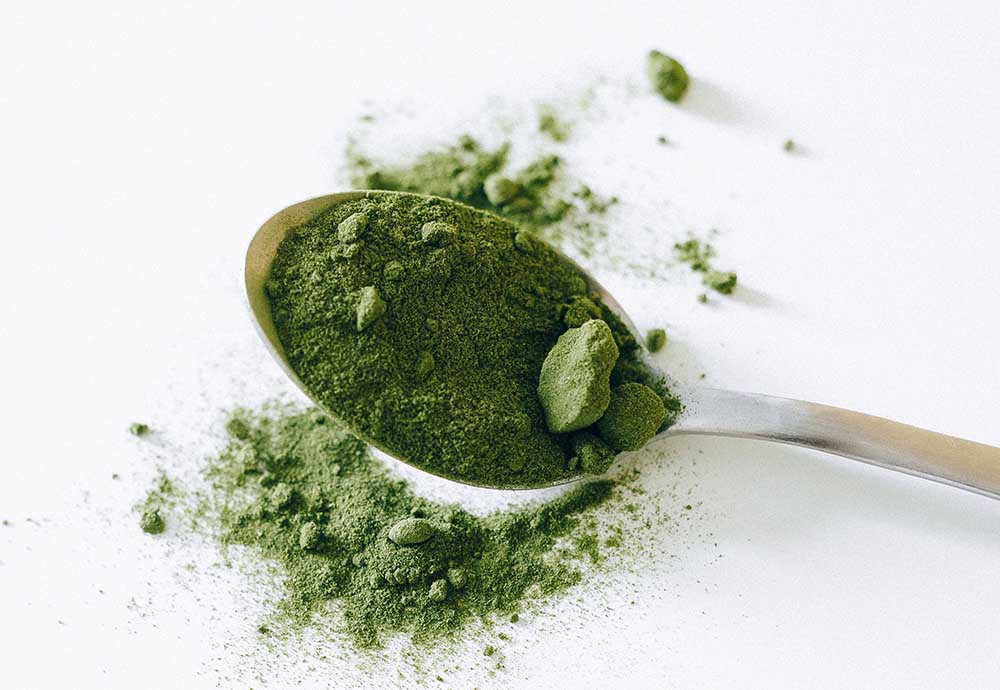Good nutrition is essential to leading a healthy lifestyle, but it can be difficult to understand what the best foods are and how much of them to eat. The key is to make sure your diet contains a variety of healthy foods from each of the five food groups. This guide will provide you with helpful tips for making smart food choices and sticking to a healthy diet.
Start by eating a variety of fruits and vegetables every day. Fruits and vegetables are packed with essential vitamins and minerals, and they’re an excellent source of fiber. Aim for five servings of fruits and vegetables a day.
Include whole grains in your diet. Whole grains provide healthy carbohydrates, vitamins, minerals, and fiber. Examples of whole grains include brown rice, oats, quinoa, and bulgur wheat.
Incorporate lean proteins into your diet. Lean proteins are a great source of iron, zinc, and B vitamins. Examples of lean proteins include fish, skinless chicken, tofu, and beans.
Also make sure to include healthy fats in your diet. Healthy fats are important for providing energy and helping the body absorb vitamins. Examples of healthy fats include olive oil, nuts, and avocados.
Finally, drink plenty of water.
Eating clean food is important for overall health and wellness.
Clean food is typically food that is minimally processed and free of added preservatives, artificial colors, flavors, or sweeteners. Eating clean food can provide your body with the nutrients it needs to function properly and help you maintain a healthy weight. Clean food is often fresher and more nutrient-rich than processed convenience food, which often lacks the necessary vitamins and minerals found in whole foods. Eating clean food can also help reduce the risk of developing chronic diseases such as diabetes, heart disease, and certain types of cancer.
Why do we have to eat all that to stay healthy?
Eating well is one of the keys to living a healthy life. Eating healthily reduces the risk of developing many diseases, such as heart disease, diabetes and some types of cancer. It also helps you maintain a good level of energy throughout the day and gives you enough nutrients to keep your body functioning properly.
We all want to live long healthy lives. One of the best ways we can do this is by eating a diet rich in fruit, vegetables and whole grains.
Carbohydrates:
Carbohydrates are essential for energy and provide the body with its main source of fuel. They are found in many foods, including grains, fruits, vegetables, and dairy products. Whole grains, such as oatmeal, brown rice, and quinoa, are good sources of complex carbohydrates, which are broken down slowly, providing sustained energy. Refined carbohydrates, such as white bread and pasta, are more quickly broken down and can cause blood sugar levels to spike.
Proteins:
Protein is an important nutrient that helps the body build and repair tissues. It is found in foods such as lean meats, fish, eggs, dairy products, beans, nuts, and soy. Eating a variety of protein sources can help ensure adequate intake of essential amino acids.
Fats:
Fats are a necessary part of a healthy diet. They provide energy, help absorb fat-soluble vitamins, and are important for brain development. Good sources of fat include avocado, olive oil, nuts, and fatty fish such as salmon. It is important to choose healthy fats, such as monounsaturated and polyunsaturated fats, and limit saturated and trans fats.
Vitamins and minerals:
Vitamins and minerals are essential nutrients that help the body function properly. They are found in a variety of foods, such as fruits, vegetables, grains, dairy, and animal products. Vitamin and mineral supplements may be necessary if a person is not getting enough of these nutrients from their diet.
Green smoothies are full of vitamins. Find recipes here.
Trace elements:
Trace elements are minerals that are needed in very small amounts for good health. These include iron, zinc, selenium, iodine, and copper. Trace elements can be found in a variety of foods, such as whole grains, meats, seafood, and dairy products. They can also be found in some fortified foods, for instance breakfast cereals.
Find recipes for healthy food here.






